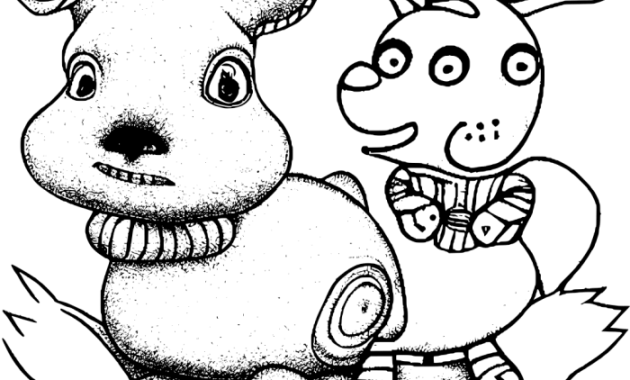Design Elements Exploration: Cute Baby Farm Animal Coloring Pages

Cute baby farm animal coloring pages – Embarking on the creation of delightful baby farm animal coloring pages requires a thoughtful exploration of design elements. Success hinges on selecting appealing subjects, establishing a consistent artistic style, and choosing color palettes that enhance the overall charm and appeal. Let’s delve into the specifics.
Popular Baby Farm Animals
Choosing the right animals is crucial for attracting a young audience. The cuteness factor is paramount! Here are five popular choices that consistently resonate with children:
- Lambs: Their fluffy white wool and gentle nature make them instantly adorable.
- Piglets: Their rosy snouts and playful antics are undeniably charming.
- Kittens: While not strictly farm animals, barn cats are common, and kittens are universally loved.
- Calves: These young cows are endearing with their large eyes and clumsy movements.
- Ducklings: Their bright yellow fluff and playful personalities make them a favorite.
Design Styles for Coloring Pages
The visual style significantly impacts the coloring page’s overall aesthetic. Three distinct styles offer diverse creative avenues.
- Realistic Style: This approach prioritizes anatomical accuracy and detailed rendering. A realistic baby lamb, for example, would showcase its fluffy fleece with individual strands subtly suggested, its delicate features accurately depicted, and its body posture natural and lifelike. The level of detail would be suitable for older children who enjoy intricate coloring.
- Cartoonish Style: This style employs exaggeration and simplification for a playful effect. A cartoonish piglet might have oversized ears, comically large eyes, and a simplified body shape, focusing on expressive features rather than precise anatomy. This style is ideal for younger children who appreciate bold lines and simplified forms.
- Minimalist Style: This style emphasizes simplicity and clean lines. A minimalist calf could be represented by basic shapes, focusing on the silhouette and key features, with minimal details. This style allows for creative interpretation and is suitable for children of all ages.
Color Palettes for Each Style, Cute baby farm animal coloring pages
The chosen color palette significantly contributes to the overall mood and appeal.
- Realistic Style: A realistic style would benefit from a muted and natural palette. Think soft creams, browns, and subtle grays for a lamb; earthy tones for a piglet; and a range of browns and whites for a calf. The colors should be realistic but not overly saturated.
- Cartoonish Style: A cartoonish style allows for brighter, more saturated colors. Think vibrant pinks and yellows for a piglet, bright blues and greens for ducklings, and cheerful oranges and browns for a lamb. The possibilities are virtually limitless, allowing for bold and playful color choices.
- Minimalist Style: A minimalist style benefits from a limited palette of complementary colors. A single color with varying shades can create a striking effect. For example, a calf could be rendered in shades of brown, creating depth and visual interest without overwhelming detail. Alternatively, a duckling could use shades of yellow and orange, creating a cohesive and visually appealing design.
Cute baby farm animal coloring pages offer a delightful introduction to the world of animal illustration for young children. These pages often feature simplified designs of adorable creatures like piglets and lambs, perfect for developing fine motor skills. Expanding this interest, a broader selection of coloring options can be found at coloring animal for kids , which includes a wider range of animals beyond the farm.
Returning to the cuteness factor, the simplicity and charm of baby farm animals make them especially appealing for younger colorists.

